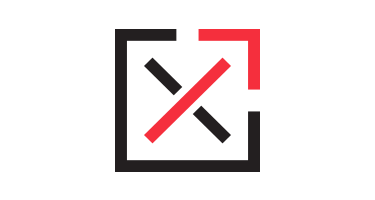
One of the key components of SEO is creating backlinks (inbound links). Traditionally, the more backlinks a website has, the better off it will be in the SERP (search engine results page), and to an extent that is still true. However, you have to be careful where and how you acquire backlinks to your site. Getting a backlink from a low-quality, spammy site that Google has devalued will not help your site’s search engine rankings. It will hurt your site’s rankings, and thus it’s crucial to utilize link analysis software to make sure your site’s rankings aren’t suffering from poor inbound links. Link analysis software also allows you to spy on your competitor’s to see where they’re acquiring their links from.
There are many options out there when it comes to SEO backlink analysis software, but my personal favorite is cognitiveSEO due to it’s robust functionality and extensive metrics. Below, I’m going to show you some important things you should be looking for when conducting a link analysis for either your site or a competitor’s site, and will also elaborate on some of cognitiveSEO’s powerful features.
Link History
The first metric cognitiveSEO displays in your link analysis is your site’s link history. Here, you’ll be able to see your site’s total link count and total referring domain count by date. The more quality referring domains your site has pointing to it the better. One good way to acquire more referring domains is by creating high quality, informative content that people want to share on the web.
Think about what makes your website unique, valuable, or engaging. Make your website stand out from others in your field.
– Google’s Webmaster Guidelines
Note: All of data in cognitiveSEO’s graphs and tables is clickable, and can bring up separate internal windows with clickable links
Top Linked Pages
The next metric that cognitiveSEO displays in your link analysis is your top linked pages. It shows what pages on your site have the most backlinks pointing to them. This metric is very important. When creating backlinks for your site you want to make sure your linking to relevant pages on your site, not just your homepage.
Anchor Text Cloud
Good ole’ anchor text metrics in a nice, easy-to-read “cloud”. This is one of my favorite aspects of cognitiveSEO. Instead of having to enhance an excel worksheet to make crucial data more scannable, cognitiveSEO does all that for you.
Although anchor text isn’t as significant as it used to be, it’s still important to use your keywords/phrases in your anchor text, but do so in a balanced manner. Nowadays, it’s more importnat to focus on the content around your backlinks (co-citation). Check out Rand Fishkin’s whiteboard Friday on that subject.
Link Pie Charts
These charts are pretty straight forward, but I thought I’d share a graphic of them, and I noted earlier, all of the data in cognitiveSEO’s graphs and tables are clickable, and can bring up separate internal windows with clickable links. Quite convenient for those SEO’s who manage numerous campaigns.
Links
This is cognitiveSEO’s inbound link table. It includes all of the metrics that are analyzed in the report.
You’ll notice two lost links in this particular analysis. Those are the things you’ll want to look for when analyzing your website’s backlinks. Those links could have been part of a low-quality directory or article network, and you may want to disavow them.
That’s all I’ve got for this week. I hope you find this information useful. Thanks for reading and happy optimizing!







